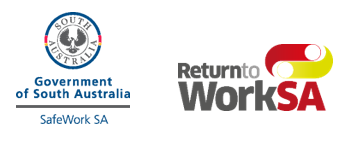
17 April 2024
SafeWork SA has launched a campaign targeting risks associated with working in noisy environments.
The six-month campaign, starting in April, will raise awareness of noise related risks, which will include compliance audits across manufacturing, warehousing, transport, construction and mining industries.
During the audits, SafeWork SA inspectors will assess how noise is being managed to prevent hearing loss of workers, in accordance with the work health and safety regulations. This will include who and when hearing tests are required.
Inspectors will issue statutory notices to businesses where non-compliance has been identified.
Noise exposure is the most common preventable cause of occupational hearing loss and whilst preventable, once acquired it is irreversible.
Long-term exposure to noise can cause other physical symptoms, whether the noise is hazardous enough to cause hearing loss or not. These include increased blood pressure and heart rate, stress, reduced concentration, insomnia and changes to hormone, cholesterol and stomach acid levels.
Research suggests that exposure to noisy environments is also associated with a higher relative risk of accidents. Workers with hearing loss greater than 15dB are three times more likely to be at risk of multiple accidents.
The Australian Work Health and Safety Strategy 2023-2033 has set a target to reduce the frequency of hearing loss injury claims resulting in permanent impairment by 15 per cent.
Under the Work Health and Safety Act and Regulations 2012 (SA), businesses must provide audiometric (hearing) testing for a worker if they are required to frequently use personal hearing protectors as a control measure for noise that exceeds the exposure standard. This testing must take place within the first three months of their employment and then every two years.
Without these tests, it is difficult for employers to determine the efficiency of noise exposure controls they have implemented in the workplace.
SafeWork SA Executive Director Glenn Farrell said there is likely a lack of understanding among some employers of their obligations with respect to noise levels both in terms of assessing the risks and monitoring the health of their employees.
‘The rising trend in occupational noise induced hearing loss claims suggests that more can be done to prevent harm,’ Mr Farrell said.
‘We hope that by running this campaign, the awareness of the issue and measures to manage the risks of noise exposure will be raised and greater compliance will be observed.’
For more information about managing noise in the workplace and how you can protect yourself from hearing loss, visit www.safework.sa.gov.au





